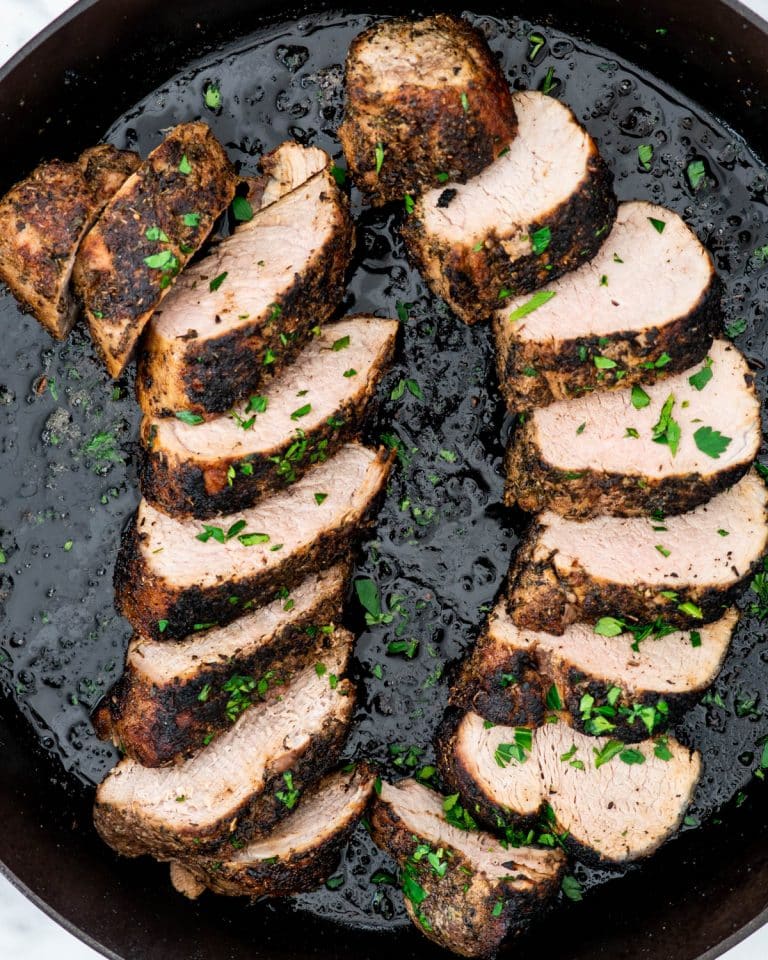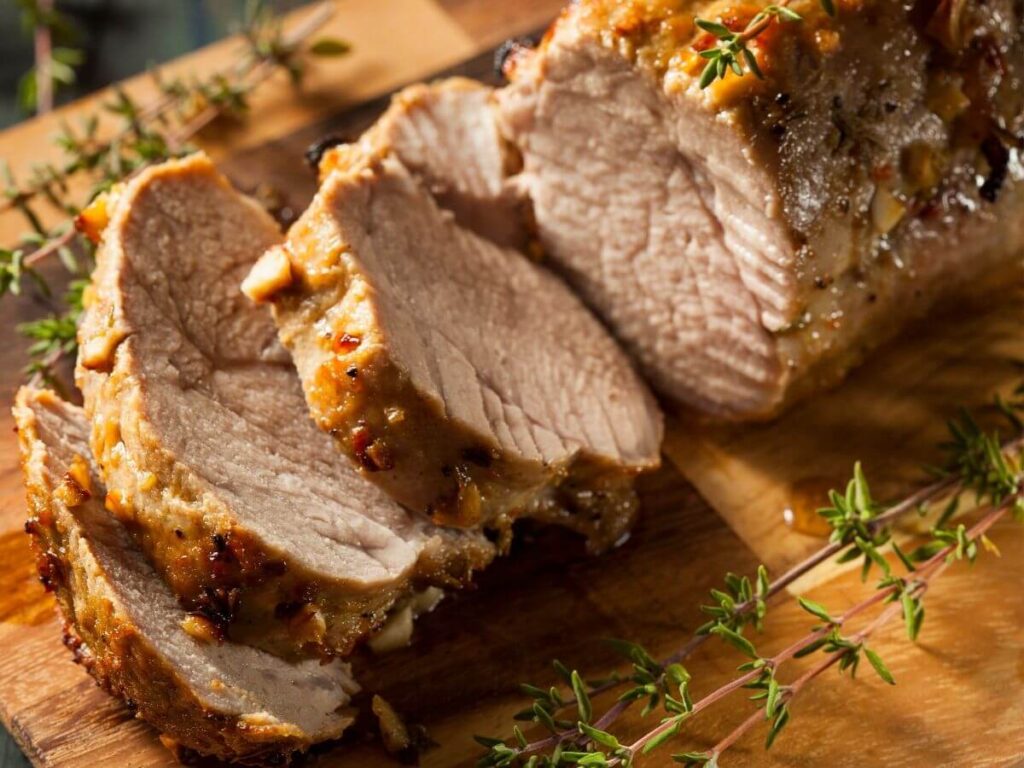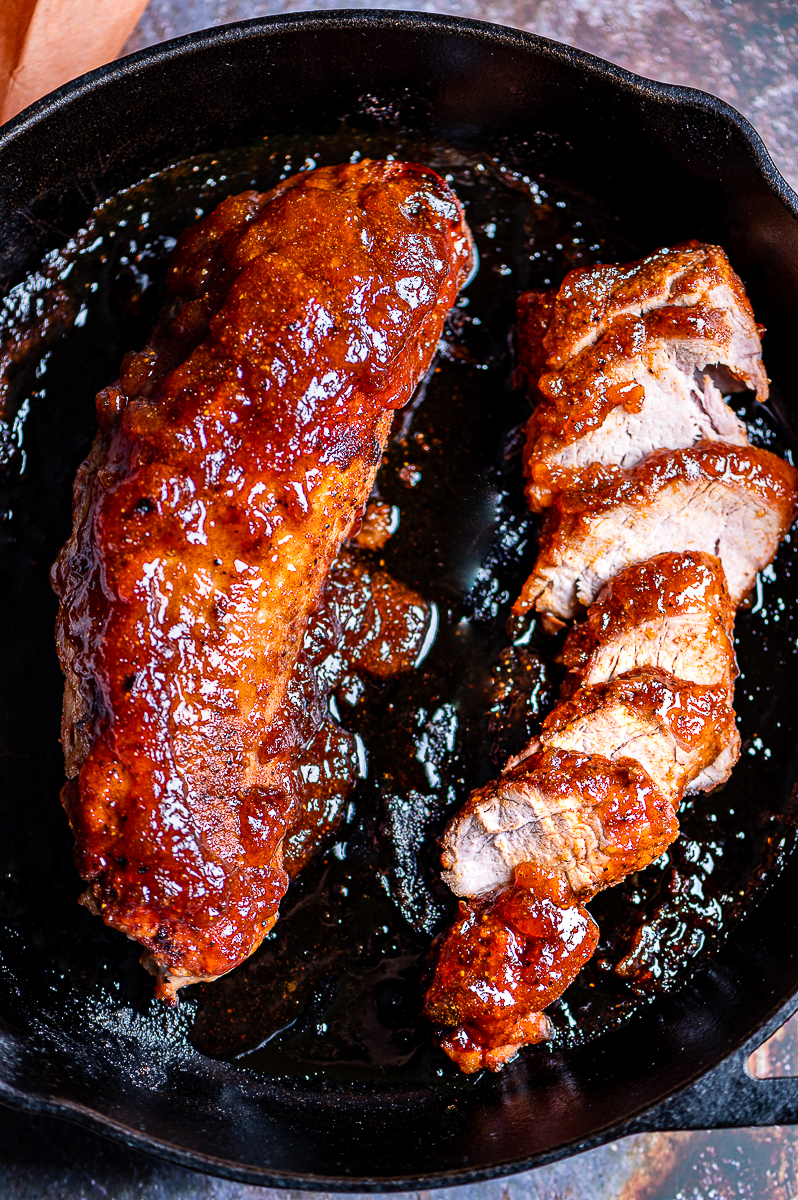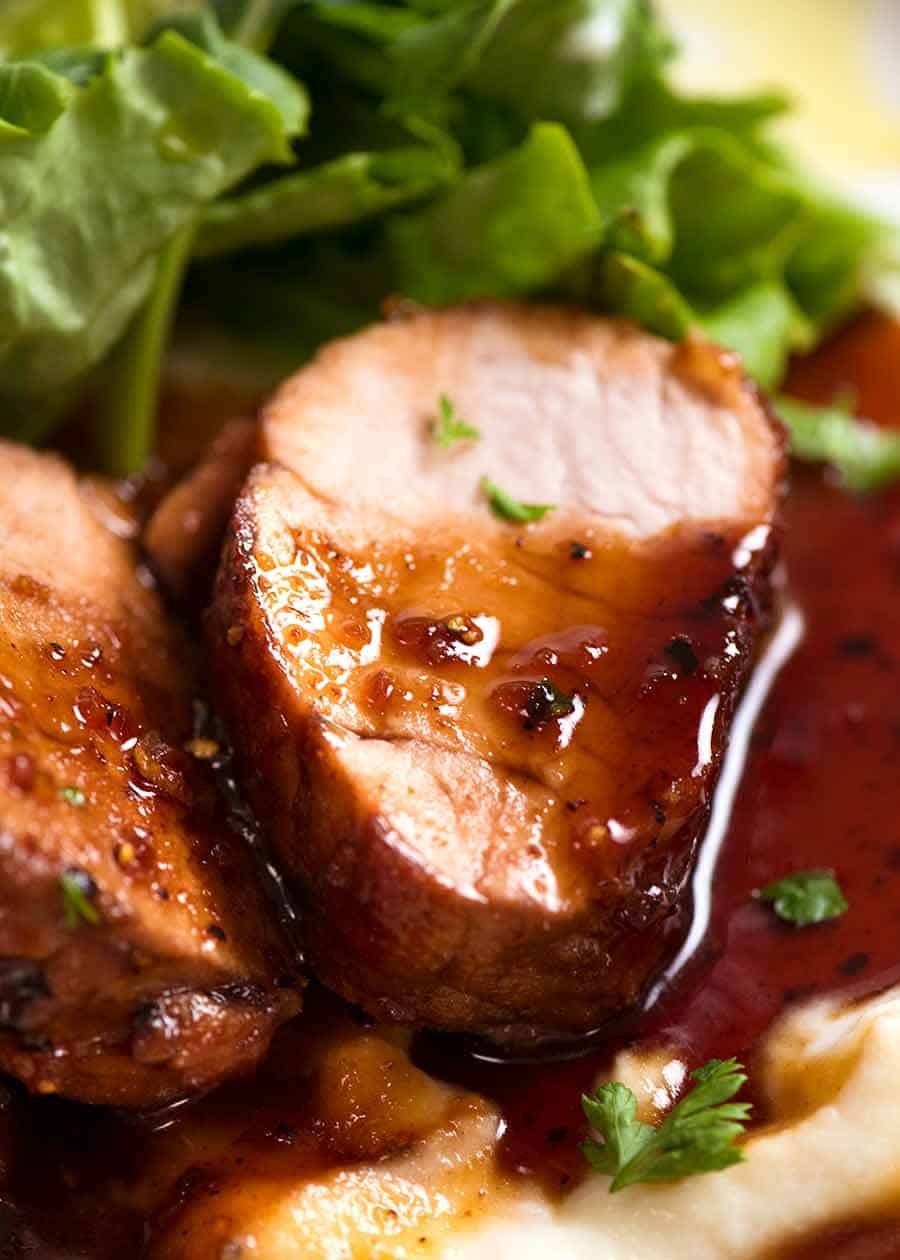Satisfyingly Tender: How to Cook Pork Tenderloin on the Stove Top
Introduction:

Cooking pork tenderloin on the stove top offers a myriad of benefits, from achieving a perfect sear to controlling the cooking process. This article will outline key factors for cooking pork tenderloin on the stove top, including preparation, searing, cooking, and resting. Additionally, it will explore various flavorful variations and seasonings to enhance this succulent cut of meat.
I. Preparing the Pork Tenderloin:
A. Selecting and trimming the tenderloin:
When choosing a pork tenderloin, opt for those with a rosy hue and minimal visible fat. Trim any excess fat or silverskin to ensure even cooking and a tender result.
B. Seasoning and marinating options:
To enhance the pork tenderloin’s flavor, consider seasoning it with a simple blend of salt, pepper, and your choice of herbs and spices. Alternatively, marinating the meat for a few hours or overnight will infuse it with added depth and complexity.
C. Bringing the tenderloin to room temperature:
Before cooking, allow the seasoned or marinated pork tenderloin to come to room temperature. This step promotes even cooking and helps prevent the meat from drying out.
II. Searing the Pork Tenderloin:

A. Choosing the right skillet or pan: Opt for a heavy-bottomed skillet or cast-iron pan to ensure even heat distribution and excellent heat retention.
B. Preheating the skillet and adding oil: Preheat the skillet over medium-high heat for a few minutes, then add a high-smoke-point oil such as vegetable or canola oil. Swirl the oil around to coat the base evenly.
C. Searing the pork tenderloin on all sides: Place the pork tenderloin in the preheated skillet and allow it to sear without moving for a few minutes until a golden-brown crust develops. Repeat the process on all sides until the entire tenderloin is beautifully seared.
III. Cooking the Pork Tenderloin:
A. Determining the cooking time: The cooking time will depend on the thickness of the pork tenderloin. As a general rule, aim for a total cooking time of 15-20 minutes, or until the internal temperature reaches 145°F (63°C) for medium doneness.
B. Using a meat thermometer to check internal temperature: To ensure accurate cooking, insert a meat thermometer into the thickest part of the pork tenderloin. A reading of 145°F (63°C) indicates the perfect medium doneness, while 160°F (71°C) will yield a well-done result.
C. Resting the pork tenderloin before slicing: Once the pork tenderloin reaches the desired internal temperature, remove it from the skillet and let it rest for 5-10 minutes. This crucial step allows the juices to redistribute, resulting in a juicier and more tender final dish.
By following these stove top cooking techniques, you can achieve a perfectly cooked pork tenderloin with a beautifully seared crust and tender interior. Experimenting with flavorful variations and seasonings will take your dish to new heights and impress everyone at the dining table. Enjoy the versatility and succulence of this beloved cut of meat as you explore its limitless culinary possibilities.
IV. Flavorful Variations and Seasonings:

A. Herb-infused butter basting: For added richness and aromatic accents, consider basting the pork tenderloin with herb-infused butter during cooking. Melt a few tablespoons of butter in the skillet and add fresh herbs like thyme, rosemary, or sage. Continuously spoon the melted butter over the tenderloin for additional flavor and moisture.
B. Wine-based pan sauces for added richness: After searing and cooking the pork tenderloin, remove it from the skillet and deglaze the pan with wine—white or red, depending on your preference—and reduce it to create a delicious sauce. Add some broth, cream, or butter for a luscious finish.
C. Spice rubs and marinades to enhance flavors: Experiment with various spice rubs and marinades to elevate the flavor profile of your pork tenderloin. Consider options like a smoky paprika and cayenne rub, a spicy chipotle and lime marinade, or a sweet and tangy Asian-inspired blend. Allow the tenderloin to soak in the flavors for a few hours before cooking.
VI. Serving and Pairing Suggestions:

A. Slicing and plating the pork tenderloin: Allow the pork tenderloin to rest for a few minutes after cooking and then slice it into medallions. Arrange the medallions on a platter and drizzle any remaining pan juices or sauce over them for an attractive presentation.
B. Ideal side dishes to complement the tenderloin: Consider pairing the pork tenderloin with delicious side dishes such as roasted vegetables, garlic mashed potatoes, or a fresh green salad. The tenderloin’s versatility makes it a perfect match for a wide variety of accompaniments.
C. Wine or beverage pairing options: To enhance the flavors of your pork tenderloin, choose a wine that complements its richness. Red wines like Pinot Noir, Syrah, or Merlot work well with the tenderloin’s tenderness, while white wines such as Chardonnay or Sauvignon Blanc can provide a crisp contrast. If you prefer non-alcoholic options, consider pairing with a refreshing iced tea, sparkling water, or a fruity mocktail.
VII. Troubleshooting Tips and Techniques:

A. Preventing overcooking and dryness: To prevent overcooking and dryness, it’s important to monitor the internal temperature of the pork tenderloin closely. Overcooking can be avoided by following the suggested cooking time and using a meat thermometer to check for doneness. Remove the tenderloin from the heat source once it reaches the desired internal temperature to ensure it remains succulent and juicy.
B. Adjusting cooking times for thicker or smaller tenderloins: Thicker pork tenderloins may require additional cooking time, while smaller ones may reach the desired temperature more quickly. Adjust the cooking time accordingly, keeping a close eye on the internal temperature to ensure optimal doneness.
C. Solutions for unevenly cooked pork tenderloin: If you encounter uneven cooking, where one end of the tenderloin is more cooked than the other, there are a couple of solutions. Before searing, fold the thinner end of the tenderloin underneath itself, creating a more uniform thickness. Alternatively, you can cut the tenderloin into smaller pieces of even thickness before cooking to ensure consistent results.
Conclusion:
Mastering the art of cooking pork tenderloin on the stove top allows you to achieve a perfectly tender and flavorful dish. By incorporating the suggested serving and pairing suggestions, troubleshooting tips, and techniques, you can confidently prepare pork tenderloin meals that will delight your taste buds and impress your family and friends. Enjoy the succulence and versatility of pork tenderloin as you explore the endless possibilities and create memorable culinary experiences.
